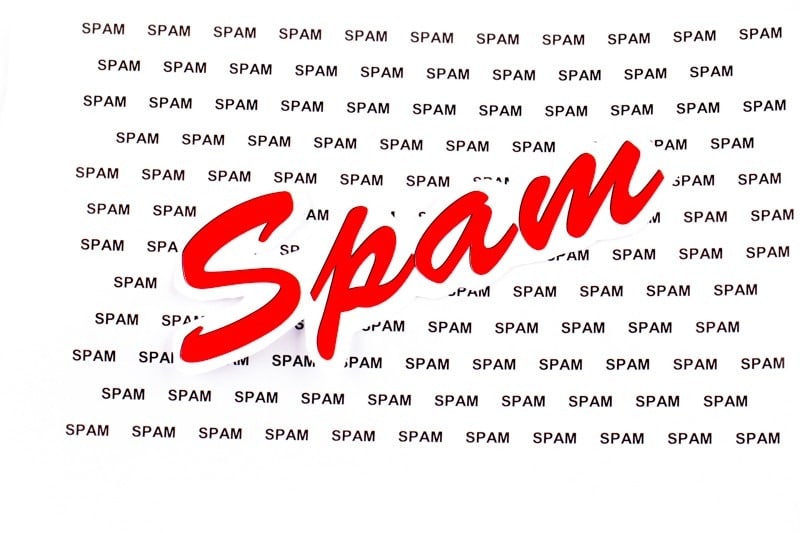Test Altospam’s solutions!
Thousands of companies, CTOs, CIOs, CISOs and IT managers already trust us to protect their e-mail against phishing, spear phishing, ransomware, …

Faced with the growing incidence of spam, it’s becoming essential for companies to choose an anti-spam solution. Each type of protection has its own advantages and disadvantages, so it’s important to carefully determine which solution is best suited to building an effective and sustainable anti-spam strategy. For the company, the choice of internal or external protection arises, each solution having to be adapted to the company’s operating mode and users.
With this system, mail, whether legitimate or not, arrives in the user’s mailbox, and the user sets the filtering parameters according to his or her preferences. These anti-spam functions are generally included in most mail servers (Outlook, Thunderbird, Eudora, etc.) and use Bayesian technology.
The main advantage of this system is user participation. By configuring the anti-spam functions itself, it achieves a higher spam filtering rate and a lower rate of “false positives”, i.e. e-mails mistakenly considered as spam. What’s more, this protection is free for the user.
However, applying this solution within the company is tricky. To combat spam effectively, every computer workstation needs to be equipped with this protection. This represents additional management and support costs. The user must force himself into a learning phase. In addition, frequent updates and various readjustments are continually required.
However, this protection, while effective, does not address bandwidth or hard disk storage issues.
Mail is filtered while stored on the company network’s own mail server. Today, filtering rules of varying quality are built into most mail servers.
Unlike a filtering solution on user workstations, this solution has the advantage of being managed from a single software package. This means significant savings for the company in terms of purchasing, support and management of filtering software.
However, this protection requires a significant investment in hardware and network infrastructure. Likewise, a support team is essential to manage the various updates.
It should be added that this protection does not relieve bandwidth congestion. What’s more, there’s a risk of overloading the mail server, which has to handle the additional task of filtering.
Incoming messages are filtered just before the mail server. This filtering solution is marketed in the form of software to be installed on the dedicated server, or in the form of e-mail filtering boxes called “Appliance”.
This solution allows tasks to be compartmentalized. This facilitates application integration. By intervening before the mail server, the space occupied by spam is reduced and the server is no longer overloaded.
Despite these attractions, this solution has the same drawbacks as those mentioned above. Since spam filtering is carried out internally on the corporate network, bandwidth remains saturated with spam. On a human level, the team of administrators must constantly update the product and keep abreast of new spammers’ techniques, which are constantly evolving.
This solution calls on an outsourced provider (known as Cloud Computing) to carry out filtering missions on behalf of the company. Spam is then blocked before it reaches the corporate network. With an excellent reliability rate (99.99%), this professionally-provided service offers many advantages.
Its ease of implementation and management are its major assets. In fact, the material investment is zero. The company is freed from the training, administration and support required to install an in-house filtering system. Quick to set up (usually just a few minutes) and with no impact on existing infrastructure, it also saves on Internet and network bandwidth. Similarly, the company’s IT resources are no longer required to ward off spam attacks, and can be put to full use. This greater availability also enables the network to be more responsive.
Behind this protection lies an evolving service that will be on the lookout for new spammers’ techniques on the one hand, and the latest computer technologies on the other, in order to effectively counter their attacks.
Highly responsive to their discoveries, these professionals work quickly with their customers to bring them the benefits of their latest advances. Huge volumes of e-mails are processed around the clock.
In addition, to guarantee optimum filtering, combinations of different spam tests are carried out. It’s worth noting that these solutions often include antivirus and antispam protection, ensuring complete protection for your business.
Despite all these positive aspects, there’s just one point that seems to tarnish the capabilities of this solution. Some IT departments feel they are losing control of their e-mail filtering. To remedy this, suppliers have created a web interface enabling IT departments to view and control filtering data.
In short, when it comes to anti-spam solutions, outsourced filtering is without doubt the ideal solution for protecting your overall e-mail service. And among outsourced solutions, Altospam, published by Oktey, remains a reliable, high-performance French solution. Try Altospam free of charge https://www.altospam.com/fr/test-gratuit.php
Test Altospam’s solutions!
Thousands of companies, CTOs, CIOs, CISOs and IT managers already trust us to protect their e-mail against phishing, spear phishing, ransomware, …